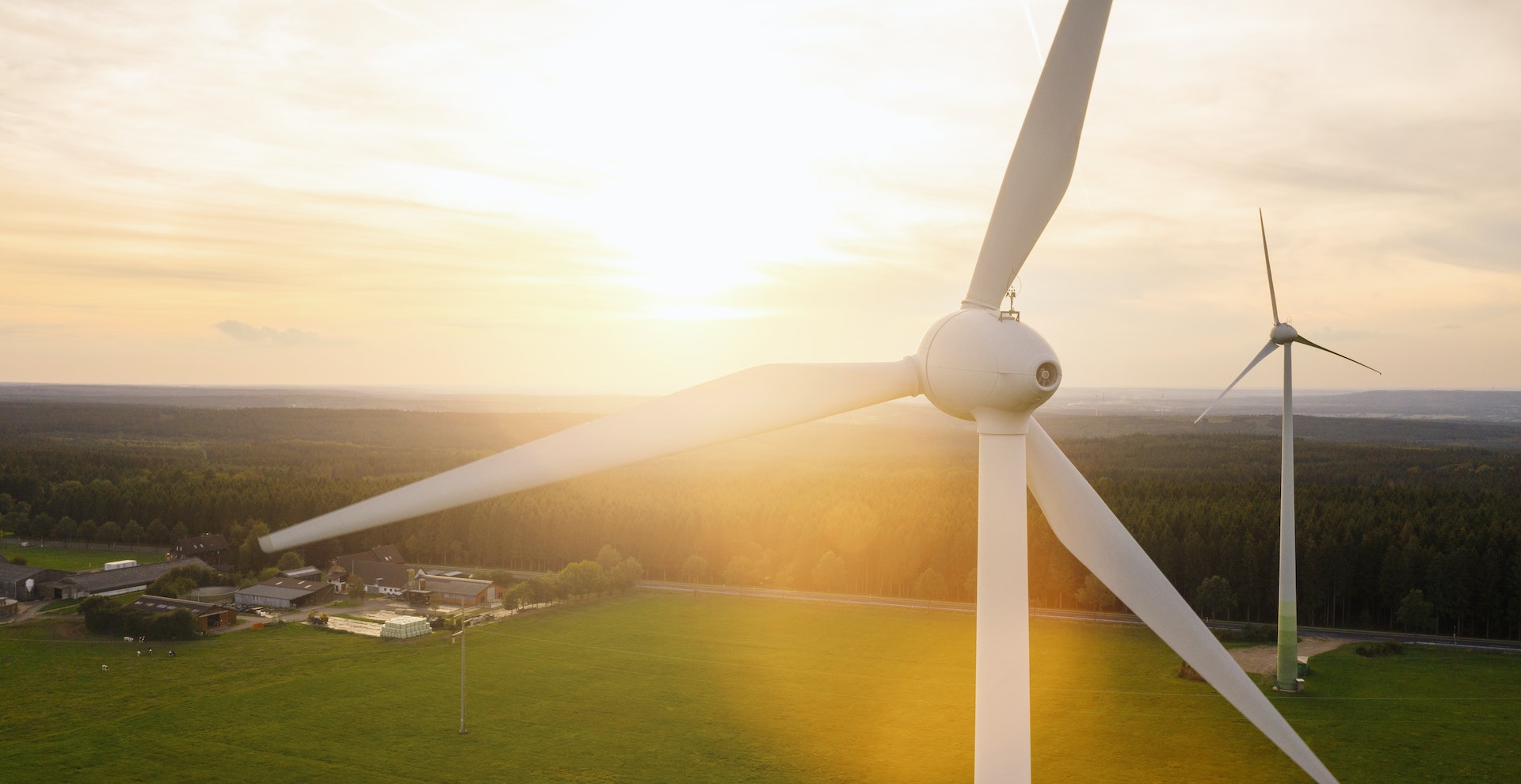In a monumental leap towards a sustainable future, the European Union (EU) witnessed an unprecedented shift in its energy landscape. For the first time on record, in May, wind and solar energy sources in the EU outpaced all combined fossil fuels in electricity production, marking a significant milestone in the bloc’s transition to cleaner energy sources.
Renewables Take the Lead
Recent data unveiled by energy think tank Ember highlighted that during May, nearly a third of the EU’s electricity generation came from wind and solar. In stark contrast, fossil fuels, which once dominated the region’s energy sector, produced a record low of just 27% of the electricity.

Renewable energy use is growing every year
Sarah Brown, Ember’s Europe lead, heralded this shift as a pivotal moment, emphasizing, “Europe’s electricity transition has hit hyperdrive. Clean power keeps smashing record after record.”
Unpacking the Surge in Renewables
So, what catalyzed this transformative change? According to Ember, the surge can be attributed to several factors:
- Solar’s Radiant Rise: Solar energy alone accounted for an impressive 14% of the EU’s electricity in May, marking its highest contribution ever. This robust performance enabled solar to eclipse coal power, which stood at a mere tenth of the total.
- Winds of Change: Wind energy also witnessed substantial growth compared to the previous year. Although it didn’t surpass the record set in January, it still made significant contributions.
- A Concerted Effort to Go Green: Over the past year, there’s been a determined effort across the EU to ramp up renewable installations. Countries like Portugal, for instance, increased their solar capacity by over 50% to 2.5 GW in 2022, sufficient to energize around a million households. This transition has led to a decrease in the bloc’s reliance on fossil fuels.
The Decline of Fossil Fuels
While renewables are on the ascent, the EU’s once-mighty coal and gas sectors are facing an inevitable decline. The coal sector, once a staple of many European economies, produced just 10% of the EU’s power, marking its most significant dip yet. Even nations with a historical reliance on coal, such as Germany and Poland, recorded sharp decreases in their coal-generated electricity.

Humanity is moving towards abandoning fossil fuels
Furthermore, gas, which reached its smallest share since 2018 at 15%, is also on a downward trajectory, and the trend is expected to persist.
Looking Ahead: The Green Horizon
This remarkable progress in renewable adoption comes at a time when many EU countries are aggressively pursuing green energy policies. Italy, for instance, recently announced its ambition to phase out coal-fired power plants by 2024, a year ahead of its initial target.
Ember’s Europe Electricity Review has highlighted the pivotal role of renewables in navigating various energy crises, from the restrictions on Russian gas supplies to the challenges posed by droughts and unexpected nuclear outages.
In Brown’s words, “Not only did coal power set new lows, but gas is also tumbling. The EU is on track for a significant reduction in fossil fuel reliance this year, with wind and solar positioned to be the mainstays of our future electricity system.”
Conclusion
The EU’s remarkable transition marks more than just a shift in energy sources; it’s a testament to the region’s commitment to forging a sustainable future. As the bloc continues on this transformative journey, the recent milestones serve as a beacon of hope, signaling the global potential of a cleaner, greener tomorrow.
©globalgreenhouse.eu

